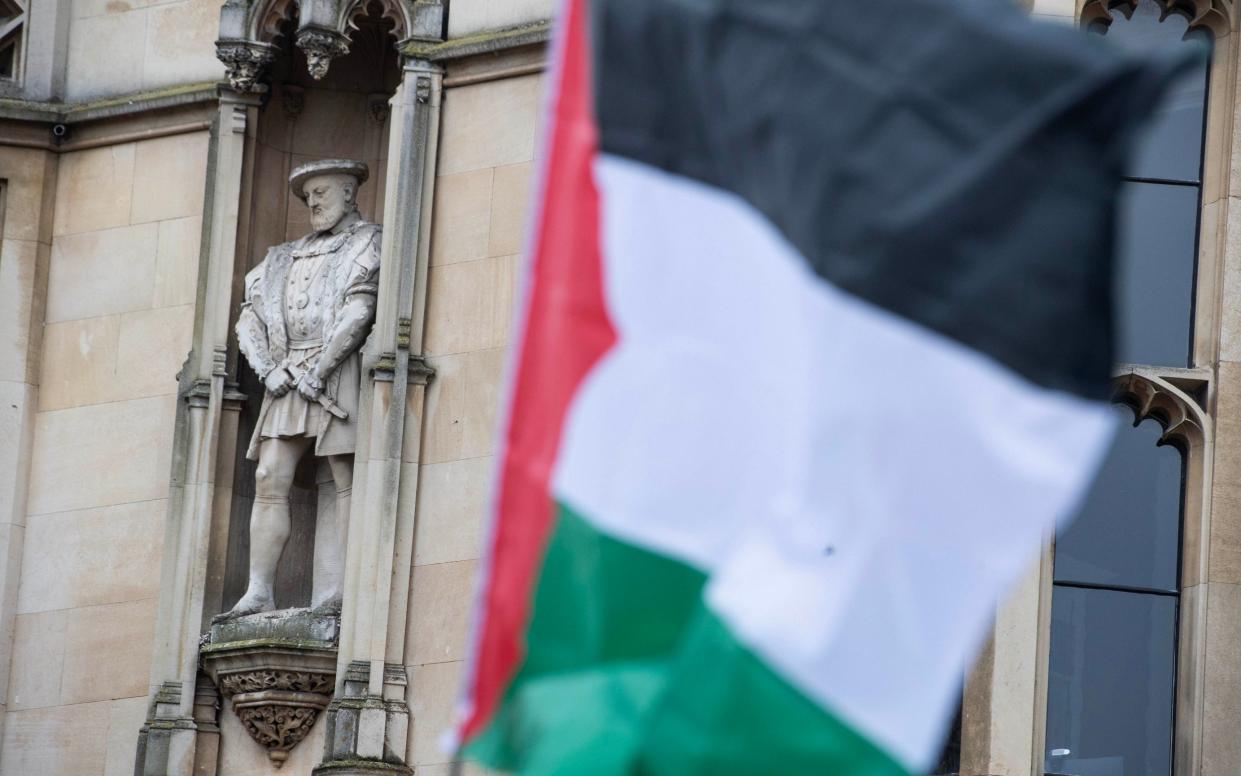Campus protests owe more to the culture wars

The copy-cat occupations at Oxford and Cambridge in response to the Israeli incursion into Gaza risks spreading to other institutions, especially if an attack is ultimately launched against Rafah in the coming days. Students began setting up shanty camps on the lawns of their colleges yesterday, emulating the widespread protests taking place at American universities. There, the police were called in to end an occupation at Columbia in New York. Here, academic authorities will face a headache if the action expands at a time when many students are about to sit their final exams.
An encampment outside Oxford’s Pitt Rivers Museum was partly organised because the building displays “a disturbing hoard of artefacts stolen from colonised peoples across the world”. The demonstrators said in a statement: “There is no university in the history of human civilisation that is more complicit in violence, dispossession, and the building of destructive colonial empires than the University of Oxford.” If they think that, why did they go there?
On the lawn of King’s College, Cambridge, students said their protest was because the university “supports Israel’s genocide of Palestinians in Gaza”. Many sported the keffiyeh headdress worn by Palestinians in a show of solidarity, thereby engaging in the “cultural appropriation” they normally oppose.
There is a long tradition of student agitation down the years for a variety of causes. In 1968, the London School of Economics was occupied in a demonstration against the Vietnam War and the following decade saw a rash of occupations and rent strikes. But the latest wave sweeping the US, and possibly now Britain, owes more to the culture wars inspired by hatred of the West being waged by the very people who have benefited most from its freedoms and prosperity. Today’s protesters are allied to illiberal, authoritarian and repressive regimes against the one democracy in the region. They wave banners in support of a terror group that murdered more than 1,000 Israelis last October and took hundreds of hostages, many of whom are now dead.
They are not alone in fearing the worst for civilians in Gaza if the Israeli Defence Force attacks Rafah. Benjamin Netanyahu is facing opposition both at home and internationally to another assault. But the students’ one-sided approach and failure to condemn Hamas and its refusal to release the hostages, places them in a compromised position. They may congratulate themselves on claiming the moral high ground, but they do not occupy it.


